-

Considered in collaboration: leading Māori environmental research
Feature story16 October 2016Marino Tahi is a man who speaks volumes between sentences. -
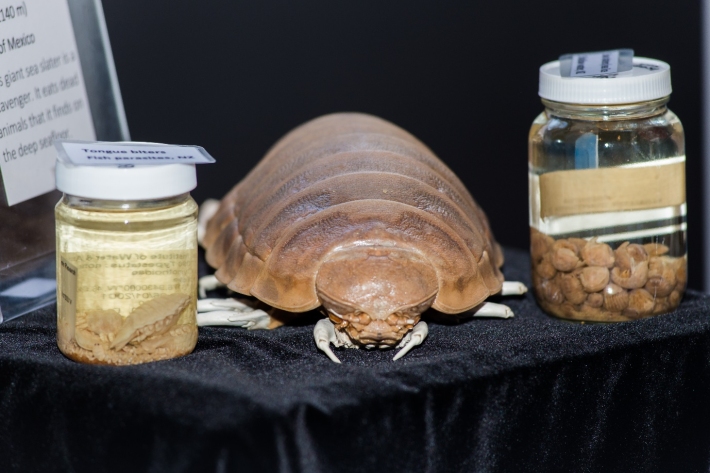
Critter of the Week – Bathynomous giganteus, the giant sea slater
The giant sea slater Bathynomus giganteus A. Milne Edwards, 1879 is an abundant isopod species of massive size from the family Cirolanidae. -
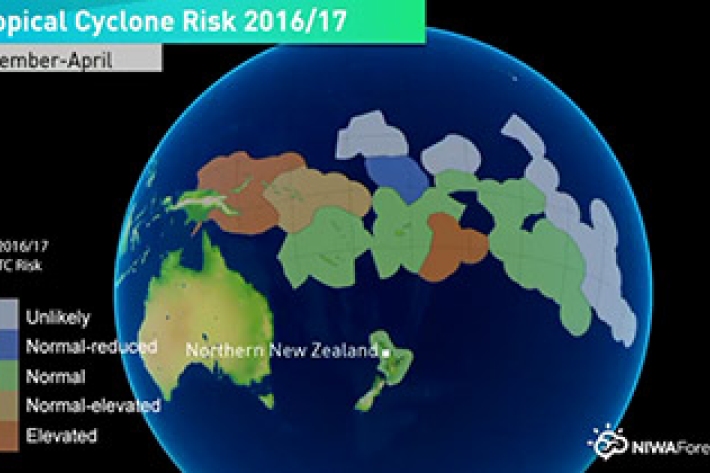
Southwest Pacific Tropical Cyclone Outlook
Media release14 October 2016Moderate La Niña or neutral tropical conditions expected to produce near average activity across most islands. -
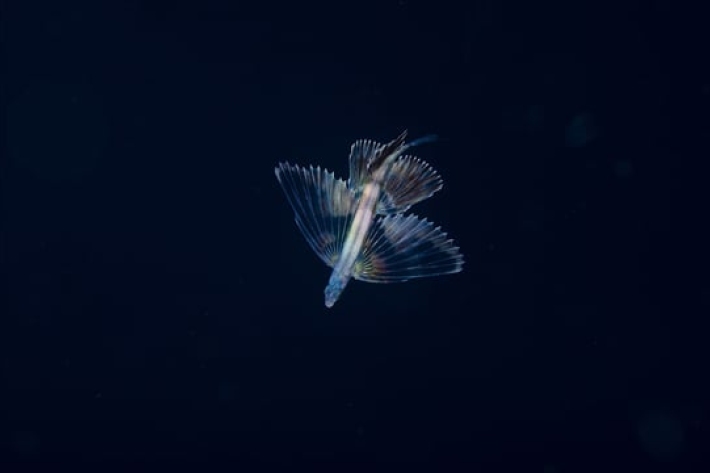
Scientists' stunning images
The winning photos of the 2016 NIWA Staff Photographic Competition. Read more about the winning photos -
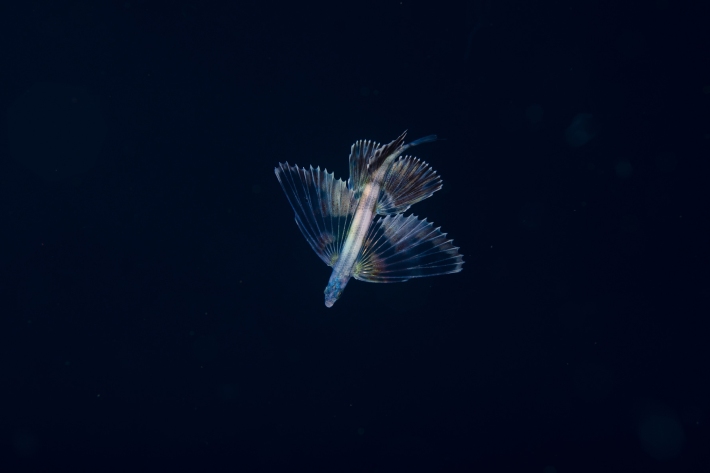
Scientists’ stunning images
Media release12 October 2016From one pole to the other, NIWA scientists work in some of the world’s most extraordinary landscapes. -
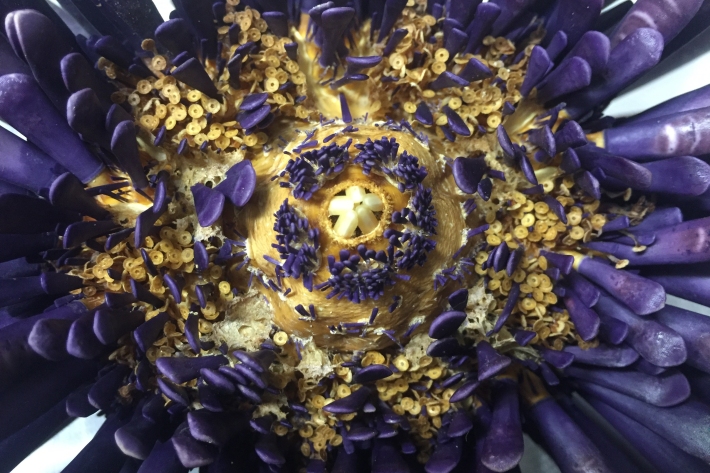
Critter of the Week: The tropical slate pencil urchin
The NIWA Invertebrate Collection mainly consists of samples collected in the deepsea, but occasionally we find shallow exceptions like this stunning sea urchin. -

NIWA kicks off busy season in Antarctica
Media release05 October 2016NIWA scientists are this week making the final preparations for one of the organisation’s busiest summers at Antarctica. -

Is La Niña in our future or not?
News article16 September 2016And... what would that mean for New Zealand? -
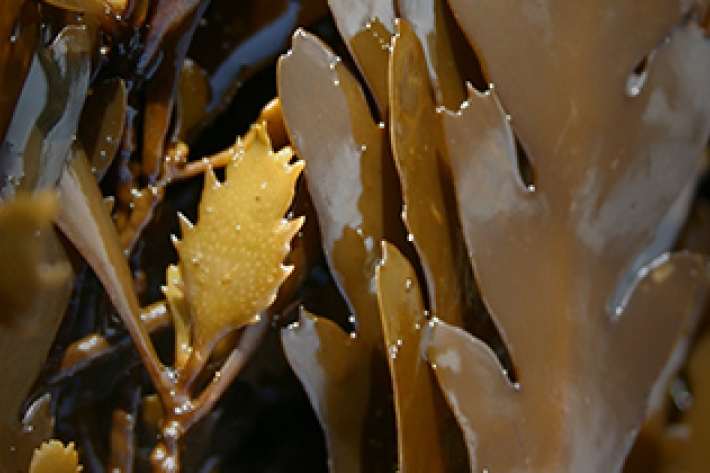
Beautiful Browns
News article16 September 2016Do you know where in New Zealand to find Neptune’s necklace or rimurapa? Or how to tell apart Carpophyllum from Cystophora? -

Beautiful Browns
An interactive guide to the large brown seaweeds of New Zealand. -
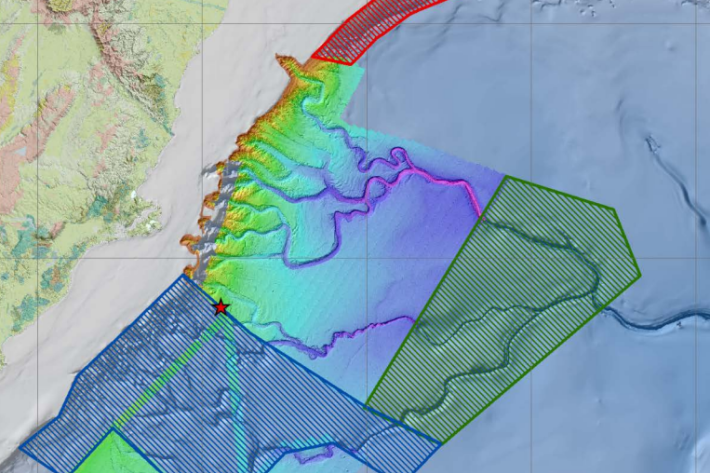
2016 - Otago multibeam
VoyageOtago Multibeam 2: Great South Basin and Southern Canterbury Shelf. -
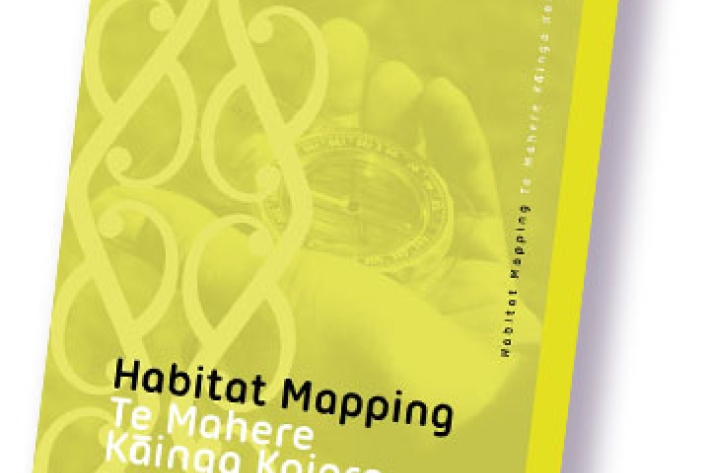
Te Mahere Kāinga Koiora - Habitat Mapping Module
This Habitat Mapping module will show you how to collect useful information to describe and monitor habitats in estuaries.
